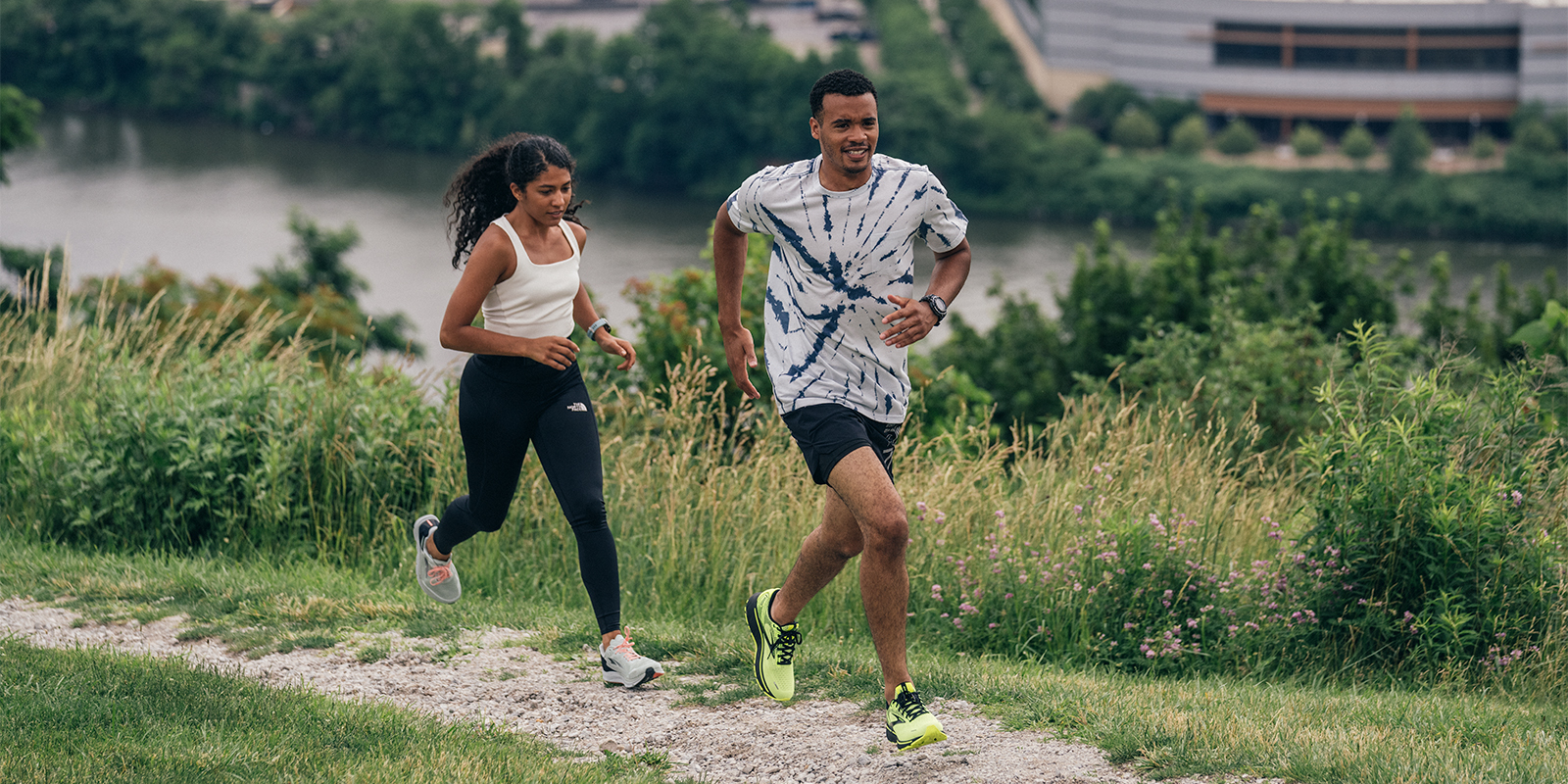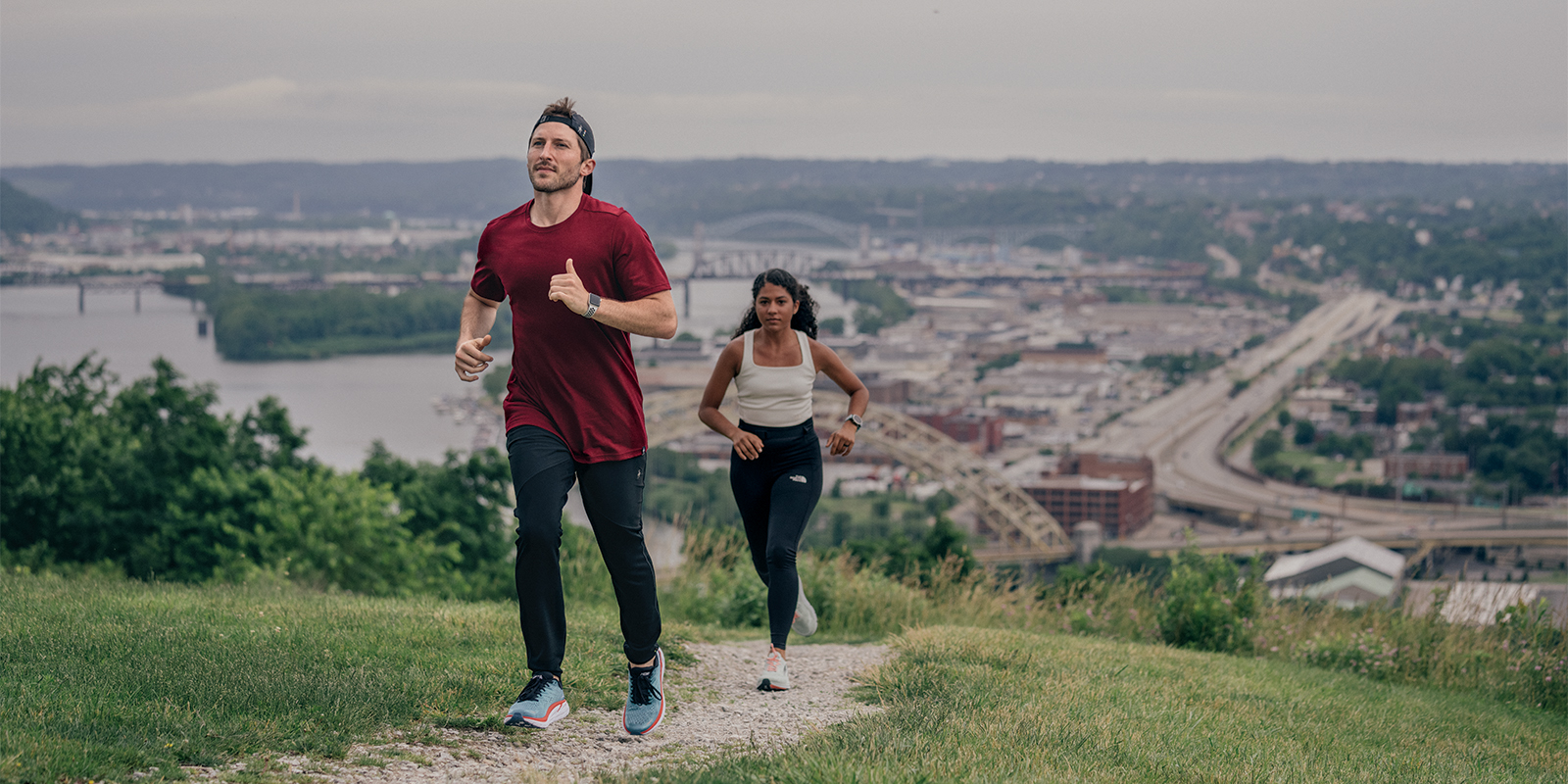No doubt, you can wear just about anything for an indoor workout. But if you train hard and want to get the most out of the effort, a few key pieces can make a big difference. Here’s what to look for, whether you’re training at home or in the gym.
Footwear
Running shoes will work fine for most indoor workouts, but you might want to upgrade with one of these options.
Minimalist shoes: Footwear with minimal structure (sometimes called barefoot shoes) allows natural movement of the feet. Minimally cushioned, highly flexible shoes help your feet get stronger along with the rest of your body. Wearing them to weight train, do plyometrics (like box jumps), or other movements can also help build proprioception (awareness of your body’s position, and balance) and overall body alignment.
Weight-lifting shoes: For light- to medium-weight workouts, choose a shoe with cushioning that’s firm but not too thick. You want the shoe to allow your toes some wiggle room, and you want the shoe to flex for moves like lunges and heel lifts. For heavy weights, weightlifting-specific footwear is recommended. These types of shoes have an elevated heel, firm cushioning, and support to help maximize your power.
Agility shoes: If your indoor workout includes dance or anything with a lot of lateral movement, you’ll want a shoe with a supportive upper that will hold your foot comfortably and safely in place. Avoid sloppy-fitting shoes that allow your foot to slide around on top of the footbed. You also want a shoe that’s low enough to the ground to keep you feeling agile. Too much cushioning can feel tippy and make it easier to roll an ankle.





